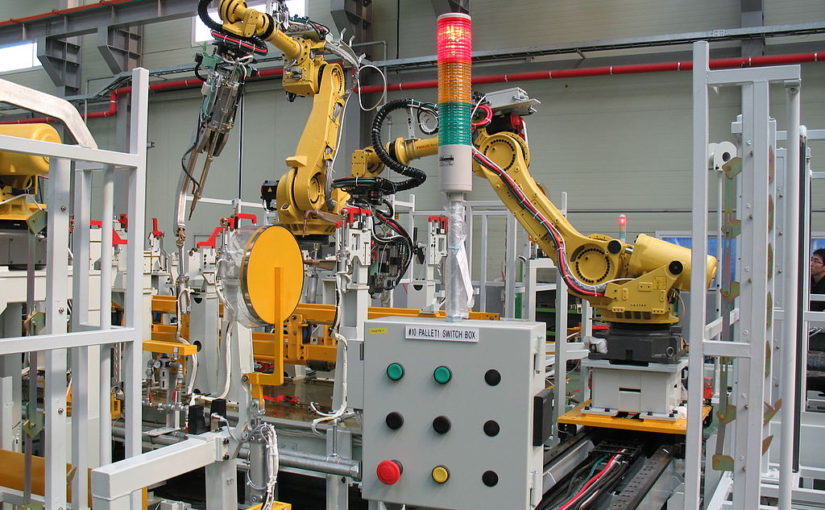
Worldwide spending on robotics to exceed $230 billion in 2021, says IDC
A new update to the International Data Corporation Worldwide Semiannual Commercial Robotics Spending Guide forecasts worldwide purchases of robotics, including drones and robotics-related hardware, software and services, will total $97.2 billion in 2017, an increase of 17.9 per cent over 2016.
IDC expects robotics spending to accelerate over the five-year forecast period, reaching $230.7 billion in 2021 with a compound annual growth rate compound annual growth rate of 22.8 per cent.
“The convergence of robotics and artificial intelligence & machine learning are driving the development of the next generation of intelligent robots for industrial, commercial, and consumer applications,” said Dr Jing Bing Zhang, research director, robotics at IDC manufacturing insights.
“Robots with innovative capabilities such as ease of use, self-diagnosis, zero downtime, learning and adaptation, and cognitive interaction are emerging and driving wider adoption of robotics in the manufacturing and resource industries and enabling new uses in healthcare, insurance, education, and retail.”
The discrete manufacturing and process manufacturing industries will continue to be the largest purchasers of robotics products and services with 2017 spending totals of $30.5 billion and $24.1 billion, respectively.
Combined, these two industries will account for more than half of all robotics spending throughout the forecast.
The Resource industries, which include mining, oil and gas extraction, and agriculture, will be the third largest robotics market in 2017 with global spending of nearly $9.0 billion.
The industries that will see the fastest spending growth over the 2016-2021 forecast period are:
- Education (71.9 per cent CAGR);
- Retail (51.3 per cent CAGR);
- Construction (38.3 per cent CAGR);
- Wholesale (37.2 per cent CAGR); and
- Insurance (36.3 per cent CAGR).
“We continue to see strong demand for robotics across a wide range of industries,” said John Santagate, research manager, supply chain at IDC manufacturing insights.
“Technology advancements in mobile robots and collaborative robots are opening up opportunities to deploy robots in new areas outside of the more traditional industrial manufacturing processes.
“While technology improvements are helping to fuel demand, the increased demand is incentivizing innovators in the field to invest in delivering robots that are capable of performing a wider range of tasks.”
The use cases that will capture the largest share of robotics spending are driven by their respective industries.
As the primary use case in the Discrete Manufacturing industry, assembly, welding and painting is forecast to receive nearly a quarter of all robotics spending worldwide throughout the forecast.
Similarly, the primary use case in the Process Manufacturing industry (mixing) will capture more than 15 per cent of all robotics spending.
Other robotics use cases that will drive spending include automated production – mining and pick and pack, wholesale.
The use cases that will see the fastest growth in robotics spending over the forecast period include break bulk (71.6 per cent CAGR), educational assistance (68.3 per cent CAGR), and delivery to customer (60.6 per cent CAGR).
